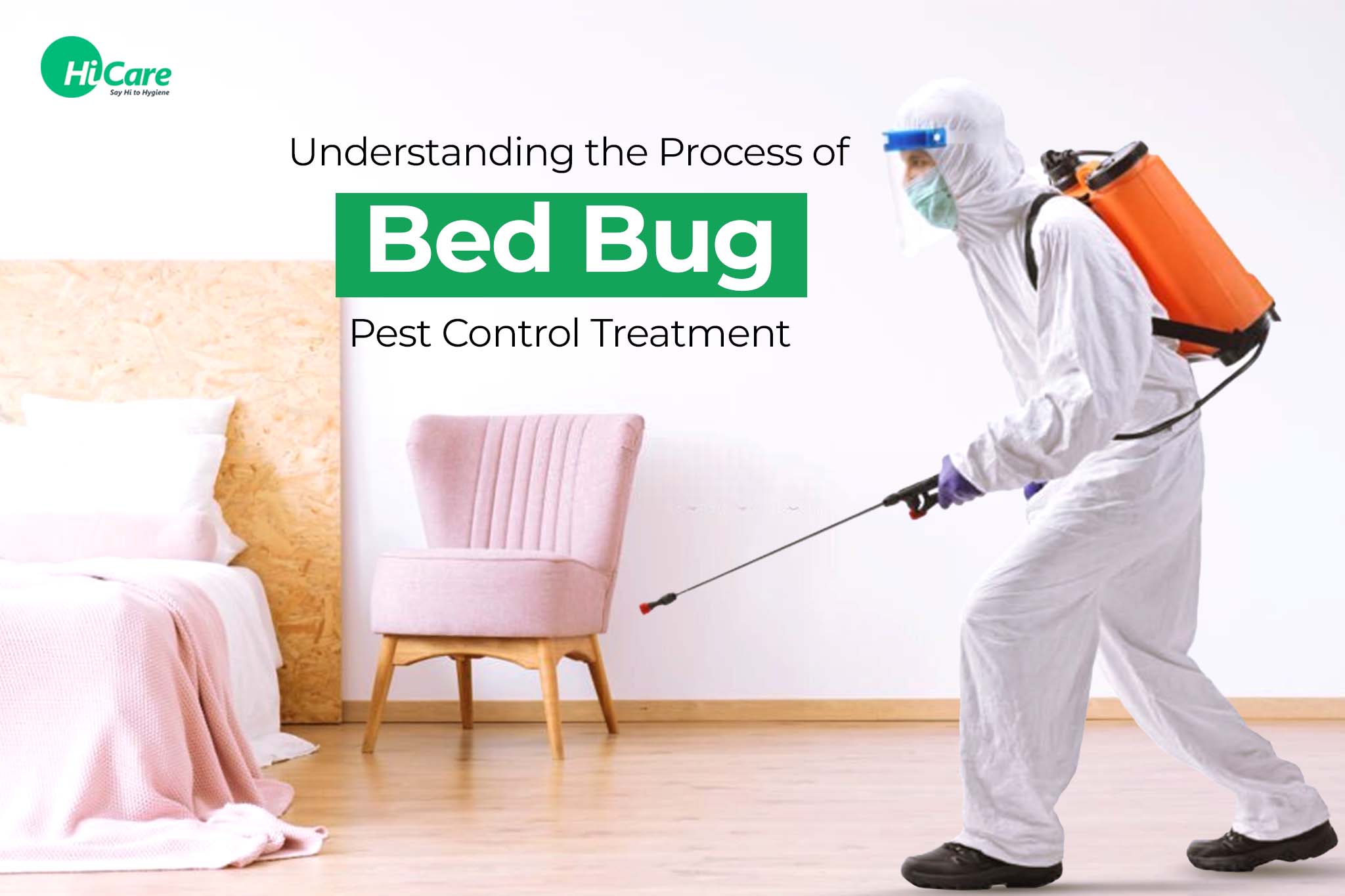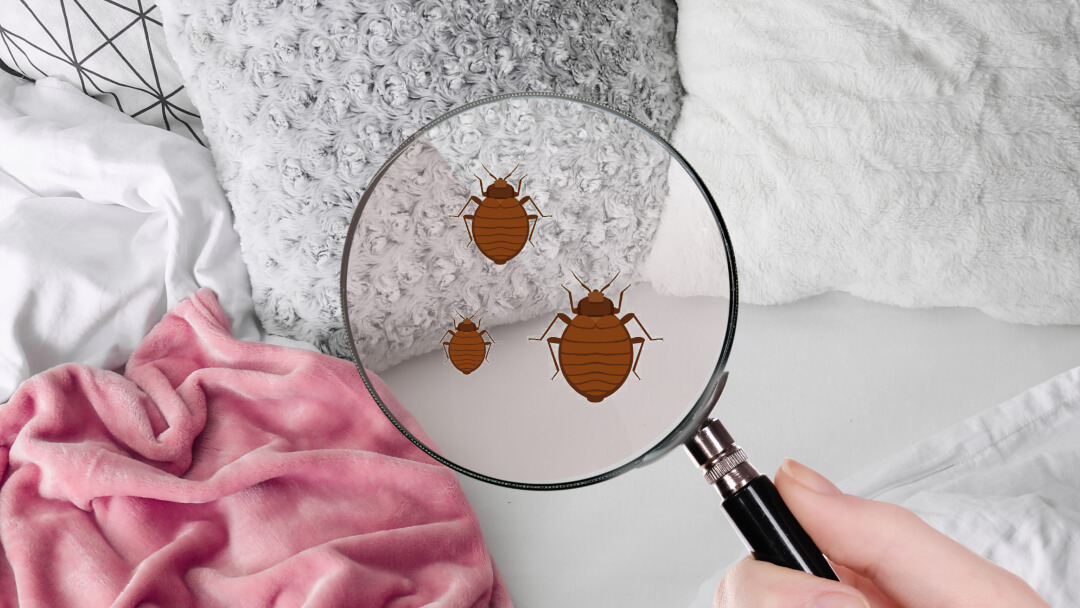Professional A1 Bed Bug Exterminator in Houston - Effective Solutions
Professional A1 Bed Bug Exterminator in Houston - Effective Solutions
Blog Article
Comprehending the Lifecycle of Insects for Targeted Control Methods
Understanding the lifecycle of bugs is a fundamental facet of reliable pest administration approaches. Through a deeper understanding of just how insects flourish and advance, tailored control methods can be made to resolve particular factors in their lifecycle, inevitably leading to even more successful bug management end results.
Importance of Comprehending Pest Lifecycle
Comprehending the lifecycle of insects is vital for developing efficient and targeted control techniques in insect monitoring. By understanding the various stages a parasite goes via from egg to adult, pest control specialists can determine weak spots in the lifecycle where treatment can be most successful. For instance, understanding when larvae are most energetic can help identify the optimum timing for applying larvicides. In addition, recognizing the life expectancy of a pest varieties can aid in predicting populace growth patterns and possible infestation threats.
In addition, identifying the particular environmental conditions necessary for each and every stage of the insect's lifecycle can direct choices on environment modification or exclusion techniques to lower and interfere with the lifecycle insect populaces. This knowledge enables pest management professionals to execute proactive measures rather than depending solely on reactive therapies, resulting in more long-lasting and lasting bug control services. Eventually, a comprehensive understanding of bug lifecycles equips insect control practitioners to customize their approaches successfully, reducing ecological effects and optimizing control results.
Key Phases in Pest Growth
To efficiently execute targeted control methods in bug monitoring, a crucial aspect lies in thoroughly determining and comprehending the key stages in bug development. Bug advancement usually is composed of a number of vital stages that are important for their lifecycle and administration.

Susceptabilities in Bug Lifecycle
Throughout the different stages of an insect's lifecycle, distinct vulnerabilities emerge that can be purposefully targeted for reliable control measures. One crucial susceptability lies in the egg stage, where pests are frequently much more susceptible to certain pesticides or biological control agents due to their soft external shell, making them simpler targets for intervention. In addition, the larval or nymph stage provides susceptabilities as parasites undergo fast development and advancement, needing high power consumption that can be made use of by disrupting their food resources or presenting development preventions. Pupal phases, defined by stability and improvement, supply a window for targeted control through physical barriers or details therapies that hinder successful development. Lastly, grown-up insects, while extra resistant as a result of their reproductive capacity, can still be at risk throughout mating or egg-laying tasks, which can be disrupted via scent Continue catches or sterilization strategies. Recognizing these susceptabilities in the parasite lifecycle is necessary for establishing effective and exact control approaches that effectively take care of parasite populations while minimizing ecological impact.
Executing Targeted Control Measures

Carrying out targeted control steps typically includes a multi-faceted approach. This might consist of habitat alteration to make the atmosphere much less congenial to bugs, such as eliminating standing water for mosquito control or sealing entrance points for rodents. Furthermore, biological control approaches can be made use of, where natural killers or pathogens are introduced to maintain parasite populations in check.
Chemical control, such as the careful application of chemicals, is one more usual method. It is crucial to use these compounds sensibly to reduce ecological impact and potential damage to non-target types - A1 bed bug removal houston. Integrated Parasite Management (IPM) methods that integrate numerous control actions in a coordinated and sustainable way are commonly one of the most reliable in attaining lasting parasite monitoring objectives. By implementing targeted control measures based upon an extensive understanding of insect lifecycles, bug populations can be efficiently managed while reducing dangers to human health and wellness and the environment.
Boosted Bug Administration Practices

In addition, my link the consolidation of organic control agents, such as all-natural killers or microorganisms of parasites, can help in reducing dependence on chemical pesticides and promote a much more balanced community. Applying physical barriers and catches can also belong to boosted insect monitoring methods, using non-toxic and targeted services for bug control. Additionally, the usage of scents and other semiochemicals can interfere with pest breeding patterns and communication, causing lowered parasite populaces with time.
Verdict
By determining vital stages in parasite growth and susceptabilities in their lifecycle, targeted control measures can be implemented to decrease pest populations. Enhanced pest administration techniques can help lower the dependence on broad-spectrum pesticides and advertise even more environmentally pleasant and lasting insect control methods.
Comprehending the lifecycle of pests is vital for creating reliable and targeted control strategies in bug management. By understanding the various phases a parasite goes through from egg to grownup, bug control experts can determine at risk points in the lifecycle where treatment can be most effective. Inevitably, a check out this site complete understanding of parasite lifecycles empowers pest control practitioners to tailor their methods properly, maximizing and reducing environmental influences control results.
By carrying out targeted control actions based on a comprehensive understanding of insect lifecycles, parasite populations can be effectively managed while decreasing threats to human health and the setting.
By recognizing essential stages in insect advancement and vulnerabilities in their lifecycle, targeted control steps can be applied to lessen parasite populaces.
Report this page